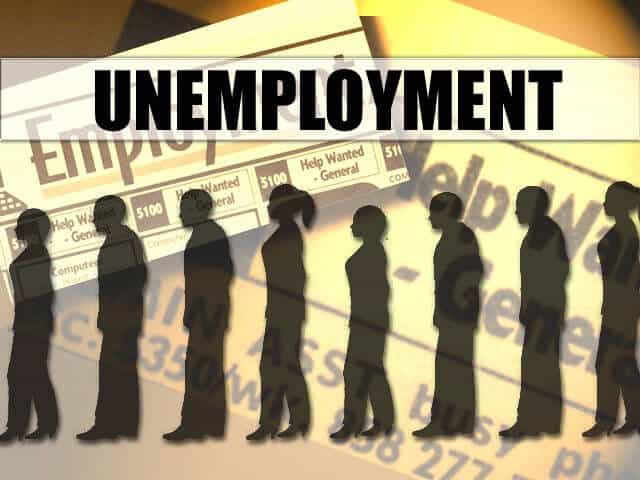To further complicate these unemployment claim determinations, not only does the employer have to demonstrate that the employee’s behavior constitutes “misconduct” as defined by state law, the employer also has the burden of proving that the claimant either knew or should have known that he could lose his job as a result of the behavior in question. Therefore, it is important to develop documentation that clearly illustrates these points to a reasonable person in order to successfully contest unemployment claims.
To assist in proactively preventing the establishment of successful unemployment claims, here are a few best practices to consider prior to terminating an employee:
- Provide the employee with a written warning regarding the misconduct prior to termination. Although no labor law requires a private, non-unionized organization to warn an employee prior to termination, doing so may assist the employer in defending a potential unemployment claim. Also, if employees have been led to believe that certain steps will occur prior to termination, the employer should make a good faith attempt to follow those steps, or else risk losing the unemployment claim.
- Distribute an Employee Handbook and obtain signed acknowledgment forms. Employers have a much better chance of successfully defending an unemployment claim if they can cite the specific Employee Handbook policy that was violated by the former employee. Distributing an Employee Handbook is an excellent means of demonstrating how employees were made aware of the policy, and of the consequences of noncompliance with workplace rules and guidelines.
- Investigate all harassment, discrimination, wage and hour, and other serious workplace complaints. In most states, if an employee resigns with “good cause,” he will be eligible for unemployment benefits. If the individual can substantiate that he complained of a serious workplace concern, but the employer took no effective action to address the allegation or retaliated somehow against the claimant, the former employee is generally awarded unemployment benefits.
- Remember the “reasonable person” standard. This is a common standard used when making unemployment decisions. Therefore, always consider whether a reasonable person would terminate an employee given the present circumstances prior to making the termination decision.
- Treat employees fairly and consistently with respect to termination decisions. Remember, the state personnel processing claims are themselves employees, not employers, and they naturally have opinions of what they consider fair treatment. So whether right or wrong, it is important to keep this in mind when terminating employees. Additionally, past practices for a situation bearing similarity to other workplace policy violations should be taken into consideration. It will be more difficult for a former employee to successfully make an unemployment claim if the employer has documented evidence that an employee’s separation was conducted in line with company policies and past practices.
- Need assistance implementing any of these steps? Let our HR Experts help!
Hopefully these best practices will help the business to take some proactive measures to protect the company’s unemployment account prior to terminating employees. Of course, there are times when the potential cost of an unemployment claim is insignificant when compared with the financial, emotional or opportunity cost of continuing to employ the individual. Therefore, there are certainly strategic elements to consider in conjunction with these best practices when making termination decisions.


No comments:
Post a Comment